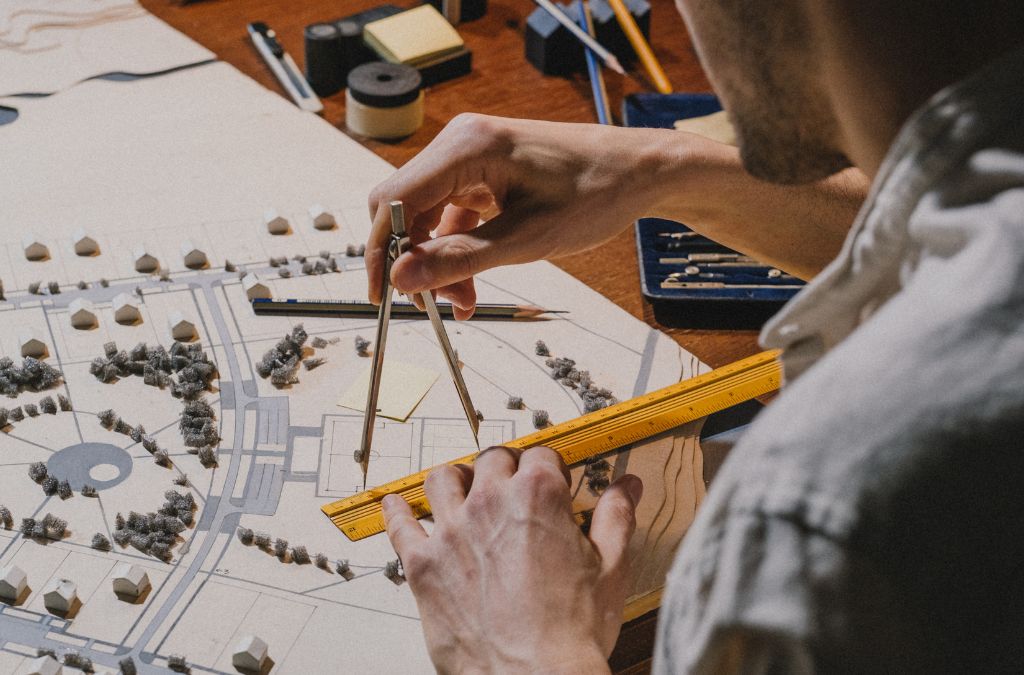
-
Table of Contents
- Innovative Architects: Redefining Modern Living
- Embracing Sustainability
- Green Building Materials
- Energy Efficiency
- Integrating Technology
- Smart Home Systems
- Building Information Modeling (BIM)
- Promoting Well-being
- Biophilic Design
- Flexible Spaces
- Case Studies
- Bullitt Center, Seattle
- Bosco Verticale, Milan
- Conclusion
Innovative Architect: Redefining Modern Living
Modern living has undergone a significant transformation, thanks to the innovative minds of contemporary architects. These visionaries are not just designing buildings; they are creating environments that enhance the quality of life, promote sustainability, and integrate technology seamlessly. This article explores how innovative architects are redefining modern living through groundbreaking designs and concepts.
Embracing Sustainability
Sustainability has become a cornerstone of modern architecture. Architects are increasingly focusing on creating eco-friendly buildings that minimize environmental impact. This shift is driven by the urgent need to address climate change and resource depletion.
Green Building Materials
One of the key strategies in sustainable architecture is the use of green building materials. These materials are sourced responsibly and have a lower carbon footprint compared to traditional options. Examples include:
- Bamboo: A fast-growing, renewable resource that is both strong and flexible.
- Recycled steel: Reduces the need for new steel production, conserving energy and resources.
- Rammed earth: Utilizes natural soil, reducing the need for synthetic materials.
Energy Efficiency
Energy-efficient designs are another hallmark of sustainable architecture. Architects are incorporating features such as:
- Solar panels: Harnessing renewable energy to power buildings.
- Green roofs: Providing insulation and reducing urban heat islands.
- Passive solar design: Maximizing natural light and heat to reduce energy consumption.
Integrating Technology
Technology is playing a pivotal role in modern architecture. Smart buildings equipped with advanced systems are becoming the norm, offering enhanced convenience, security, and efficiency.
Smart Home Systems
Smart home systems allow residents to control various aspects of their living environment through their smartphones or voice commands. These systems can manage:
- Lighting: Automated lighting systems that adjust based on occupancy and natural light.
- Climate control: Smart thermostats that learn user preferences and optimize energy use.
- Security: Advanced security systems with cameras, motion sensors, and remote monitoring.
Building Information Modeling (BIM)
Building Information Modeling (BIM) is revolutionizing the way architects design and manage buildings. BIM involves creating digital representations of buildings, which can be used for:
- Design visualization: Allowing architects and clients to see detailed 3D models before construction begins.
- Project management: Streamlining the construction process and improving collaboration among stakeholders.
- Maintenance: Providing a comprehensive database for future maintenance and renovations.
Promoting Well-being
Modern architects are increasingly prioritizing the well-being of building occupants. This involves designing spaces that promote physical and mental health, comfort, and productivity.
Biophilic Design
Biophilic design is an approach that seeks to connect people with nature. This can be achieved through:
- Natural light: Maximizing the use of natural light to improve mood and reduce energy consumption.
- Indoor plants: Incorporating greenery to enhance air quality and create a calming environment.
- Natural materials: Using wood, stone, and other natural materials to create a warm, inviting atmosphere.
Flexible Spaces
Flexible spaces are designed to adapt to the changing needs of occupants. This concept is particularly relevant in the context of remote work and multifunctional living spaces. Features include:
- Movable walls: Allowing spaces to be reconfigured for different activities.
- Multi-purpose furniture: Furniture that can serve multiple functions, such as a sofa that converts into a bed.
- Open floor plans: Creating versatile spaces that can accommodate various uses.
Case Studies
Several projects exemplify the innovative approaches of modern architects. These case studies highlight the impact of their designs on contemporary living.
Bullitt Center, Seattle
The Bullitt Center in Seattle is often referred to as the greenest commercial building in the world. It features:
- Net-zero energy: The building generates as much energy as it consumes through solar panels.
- Rainwater harvesting: Collecting and treating rainwater for all its water needs.
- Non-toxic materials: Using materials that do not emit harmful chemicals.
Bosco Verticale, Milan
Bosco Verticale, or Vertical Forest, in Milan is a pair of residential towers that incorporate extensive greenery. Key features include:
- Over 900 trees: Planted on terraces, providing shade and improving air quality.
- Energy efficiency: Designed to reduce energy consumption through natural insulation.
- Urban biodiversity: Supporting a variety of plant and animal species in an urban setting.
Conclusion
Innovative architects are reshaping modern living by embracing sustainability, integrating technology, and promoting well-being. Their groundbreaking designs not only address current challenges but also pave the way for a more sustainable and connected future. As these examples demonstrate, the impact of their work extends beyond aesthetics, influencing how we live, work, and interact with our environment.